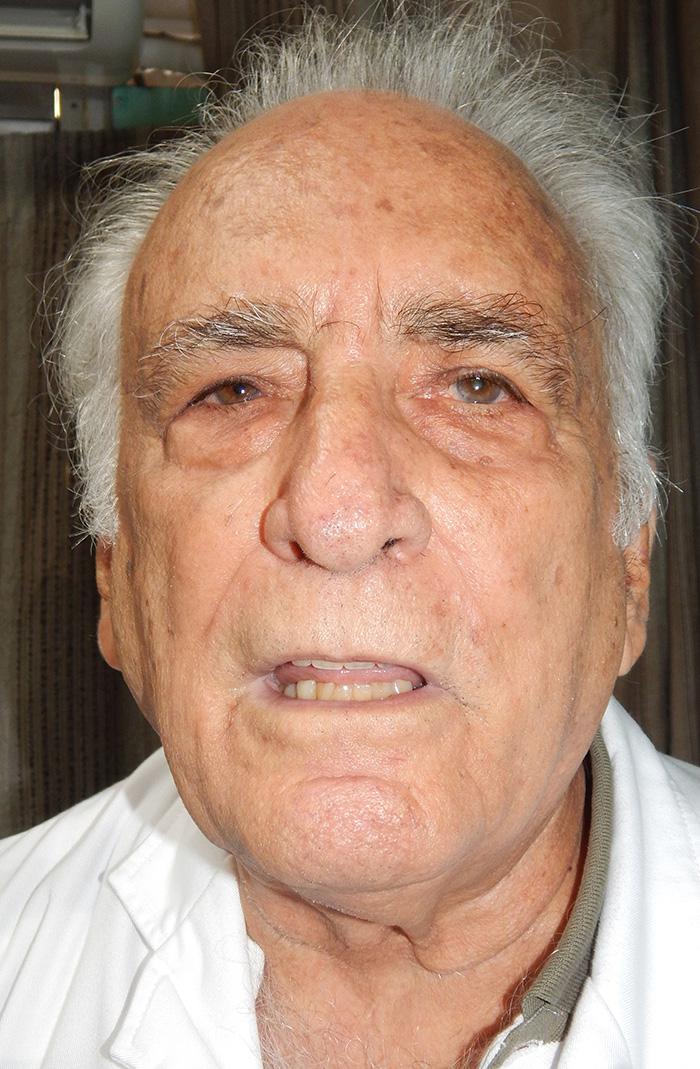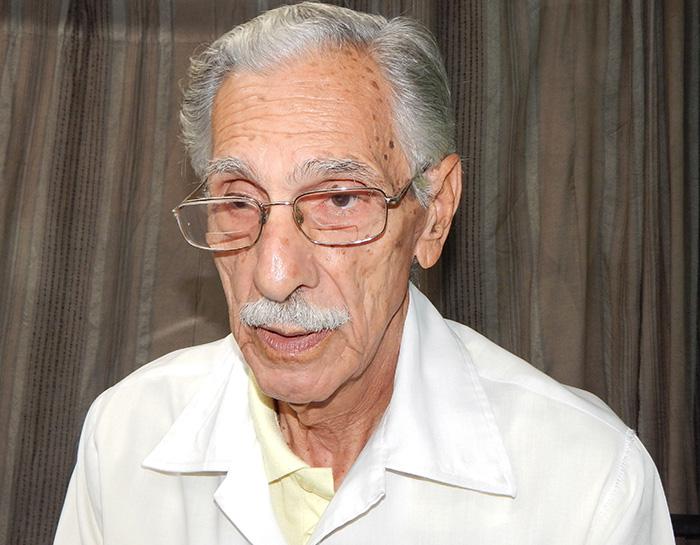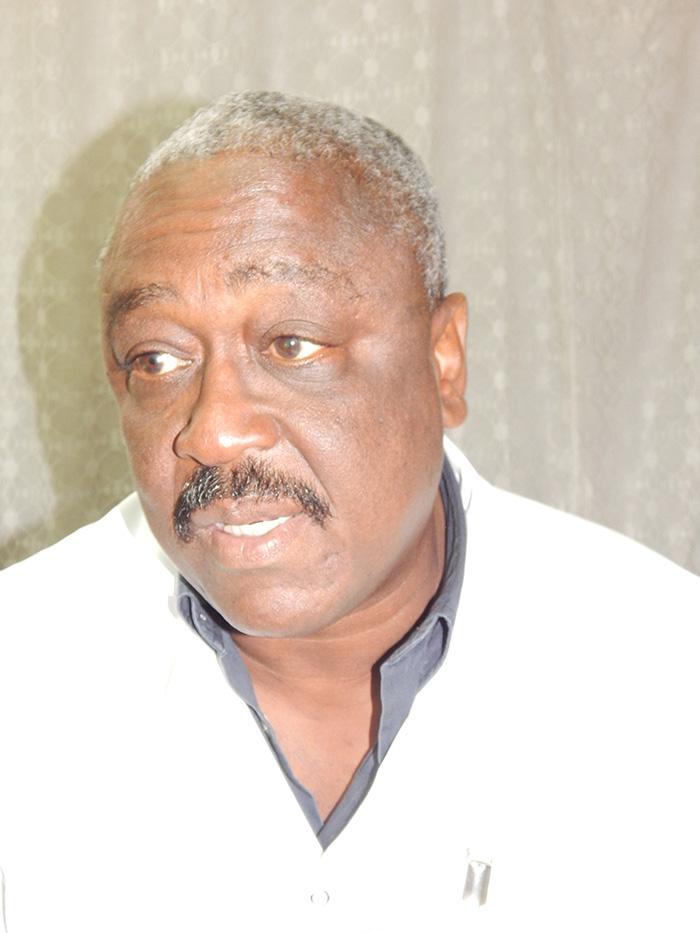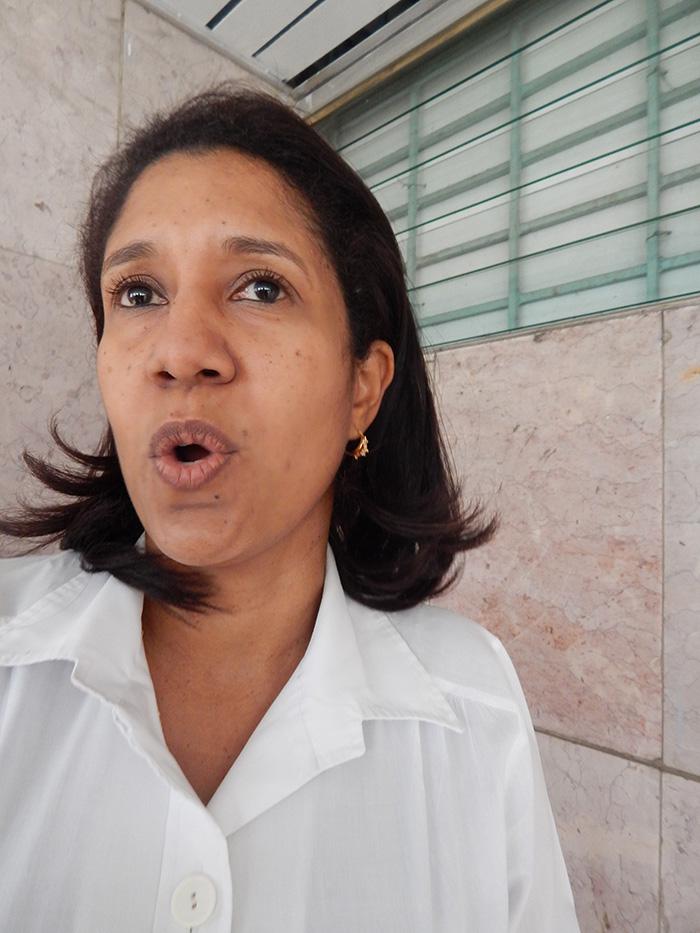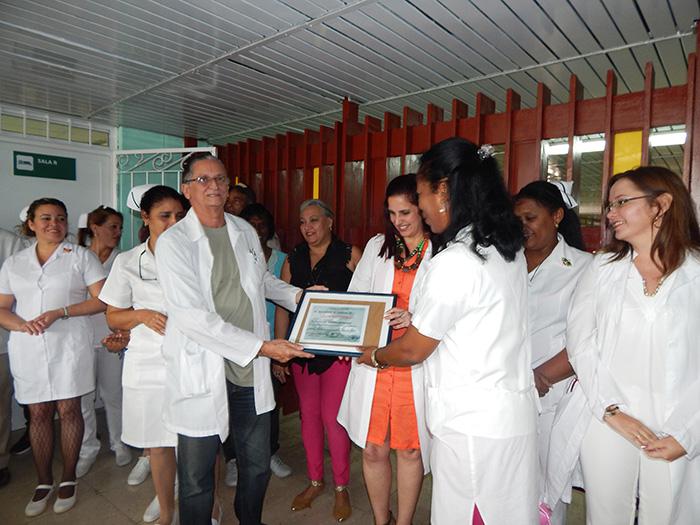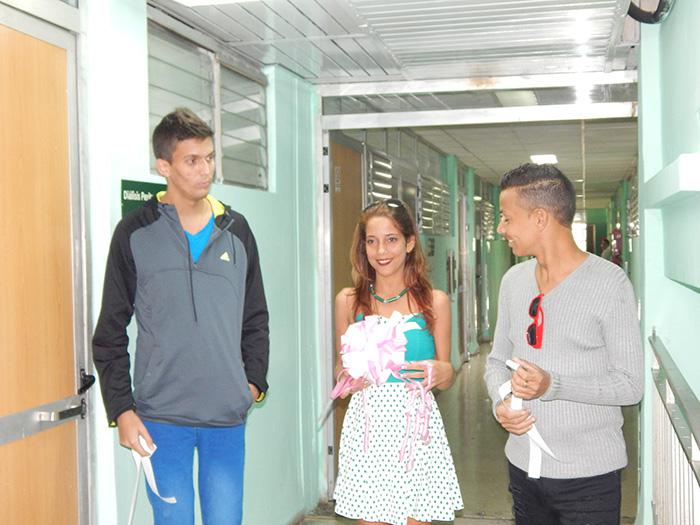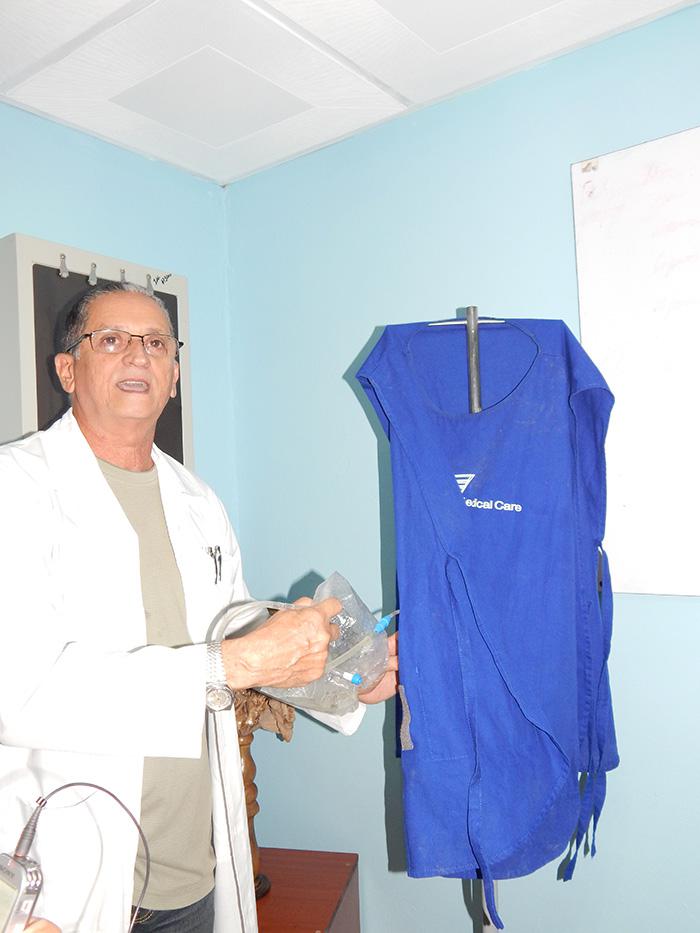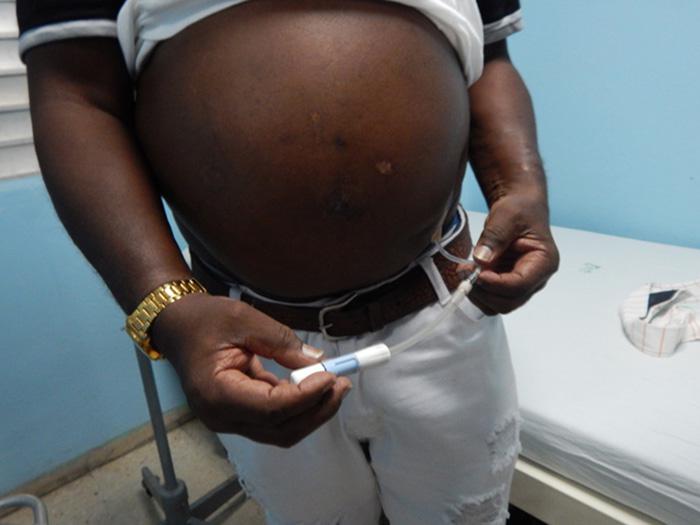MORE than 5,000 kidney transplants and 3,125 patients provided dialysis are some of the achievements of Cuban nephrology, governed by the Institute of Nephrology, based in a tertiary level hospital in Havana, and celebrating its 50th anniversary this December 1st.
The positive development of this specialty began with the triumph of the Revolution in 1959, as Dr. Charles Magrans Buch, full professor and professor emeritus, told Granma International. Magrans began practicing his profession in 1958 in the Clínico de 26, today the Joaquín Albarrán Clinical-Surgical Teaching Hospital, home to the Dr. Abelardo Buch López Institute of Nephrology.
During his initial professional years, Magrans met a doctor who offered dialysis in the care center that existed at the time for patients who could pay for treatment. The doctor had attended a training course in the United States and the hospital had acquired an artificial kidney from that country.
This doctor did not teach any other colleague what he had learned and at the beginning of the 1960s he emigrated, taking with him the documentation, leaving the equipment in disuse and a number of patients without treatment and at risk of dying. It was thanks to the determination of several young people, encouraged by Professor Abelardo Buch López, the first director of the service, and by Ministry of Public Health (MINSAP) authorities, that the technique was re-established on the island.
Support was sought in the experiences gained in the socialist countries of Eastern Europe and new equipment was bought from a European nation. In addition, the main mechanisms and causes that caused kidney damage were studied. The results of these investigations were extraordinary, leading to the emergence of Cuban nephrology.
In 1966, this medical specialty was institutionalized through the Institute of Nephrology, with three purposes: to provide medical attention, to prepare physicians trained by the Revolution in the exercise of the specialty, and to develop research to establish protocols for the management of renal pathologies.
A dialysis program to prolong the lives of patients with advanced chronic kidney disease was initiated at the end of 1968. In February 1970, the first kidney transplant was carried out from a deceased donor and the service was extended to hospitals in other provinces of the country, seeking greater medical coverage for all those in need, until reaching a total of 51 nephrology units, which have performed kidney transplants for a total of 5,761 people, (today there are 1,100 living kidney transplant patients).
Dr. Magrans stresses: “The love for the specialty prevailed and this allowed us to advance quickly to master the techniques. We all wanted to do much more than we could. The Revolution and its social project led us to a greater commitment to the collective interest.”
Dr. Reynaldo Mañalich Comas, also a full professor and professor emeritus, shares this view, on recognizing that the population’s mass access to health services resulted in the creation of strategies to cover the needs of patients with the opening of more areas, the purchase of better equipment, and an increase in training for professionals from other provinces.
Currently, there is a national program for the prevention and treatment of kidney disease, with primary-level family doctor examinations resulting in an immediate referral to specialist services. Treatment for chronic renal failure includes three fundamental procedures: transplant, hemodialysis, and peritoneal dialysis.
Hemodialysis consists of extracting the patient’s blood, which passes through a dialysis machine and a special filter called an artificial kidney, cleaning the blood of toxic substances that have been accumulating with a washing fluid called dialysate, which also helps ensure electrolytes and minerals are at their proper levels.
Meanwhile, peritoneal dialysis involves a catheter placed in the abdomen through which a cleansing fluid flows and filters waste products from the blood, transferred by using the peritoneal membrane of the abdomen as a natural filter. Cuba has acquired the latest technologies, created specialized laboratories, developed minimally invasive surgeries with laser incisions, and made use of nuclear medicine and information technology for these procedures, and created a range of scientific areas to cover medical services in this field, explains Dr. Mañalich Comas.
“I have worked here for 60 years,” the eminent professor notes, adding, “My greatest pleasure is to teach my knowledge to new generations. We created a professional network for the diffusion of experiences and we are open to sharing this with colleagues around the world in order to improve the quality of our services and improve the health of the global population.”
Dr. Guillermo Guerra Bustillo, director of the Institute, believes the consolidation of training of Cuban and foreign specialists has had a positive impact on nephrology. “We have more than 400 nephrologists in Cuba. Latin America aspires to reach 20 per million inhabitants by the year 2030, and we have already reached the figure of 37,” he explains.
The doctor comments on the priority MINSAP gives renal replacement therapies. He notes the increased costs in acquiring resources due to the criminal economic, commercial and financial blockade imposed by the United States, forcing the island to purchase supplies in distant markets and through intermediaries and prohibiting direct financial transactions. He offers the example of the cost of peritoneal dialysis treatment, valued at 4,000 dollars per patient, yet offered free of charge to all those in need.
He adds, “This ambulatory method was introduced among our services eight years ago, and benefits 50 patients in the country, both children and adults. Its advantages include the possibility of being applied at home by the patient himself or a relative, reducing the need for hospital visits, so that the patient is reincorporated into his work and social life.”
However, the hospital must supply the cycler machine and solution bags to perform at least four fluid exchanges a day, catheter caps and clamps, expendable supplies, in addition to the initial surgery to introduce the catheter into the peritoneal membrane. As such, the Institute’s service areas were extended to include a room for patient and family training, further consultations and several hospital beds.
Likewise, the number of kidney transplants has increased, following a change in legislation to allow transplants from living donors without first-degree consanguinity, that is, beyond close relatives, to include the patient’s spouse or any of his/her children, of whom the patient is not a parent.
To this end, transplant service areas were improved and a significant supply of technology has been acquired that has made it possible to revitalize and stabilize the functions of the Institute of Nephrology. “We have innovative technologies in artificial kidneys, with updated equipment and machines, and reflecting the scientific advances of the specialty around the world.”
The director highlights the Institute’s workers’ commitment to their role and responsibility in serving the people. The collective has been awarded the status of Moral Collective, granted by the National Union of Healthcare Workers.
We also spoke to Dr. Yamilet García Villar, deputy technical director of the institution, responsible for distributing the supplies to each patient in the country benefiting from peritoneal dialysis, as well as ensuring the functioning and restitution of the equipment installed in nephrology service areas across the country’s provinces.
As part of her responsibilities, she coordinates the necessary hospital logistics for medical care and thus knows first hand the marked interest of the Cuban government and the Ministry of Public Health in supporting the national program and providing medical coverage to one hundred percent of patients.
Several patients and relatives expressed their opinion in this regard. Rogelio Gutiérrez Labrada, from the Havana municipality of Diez de Octubre, benefited from seven months of peritoneal dialysis before undergoing a kidney transplant two years ago. He is currently a Workshop Manager in a local enterprise of the National Electrical Union, where he works as an automotive mechanic.
Meanwhile, Yanet Alfonso Cobas highlights the dedication, love, and commitment of the workers of the Institute of Nephrology to extend the lives of patients. “I have seen that there is an unconditional willingness to help us whenever we have the slightest concern, in the most rigorous exercise of their profession.” Her husband, Alfredo Díaz, has been in the peritoneal dialysis program for six years.
Finally, Dennys Iglesias Poez, 37, expresses gratitude to the entire workforce who helped him until he underwent a kidney transplant, including the anonymous personnel, doctors, and leaders, who made it possible to guarantee the necessary supplies, equipment, and materials for him to reach the operating table in good physical condition. “I thank everyone for the infinite greatness of being Cuban.”


